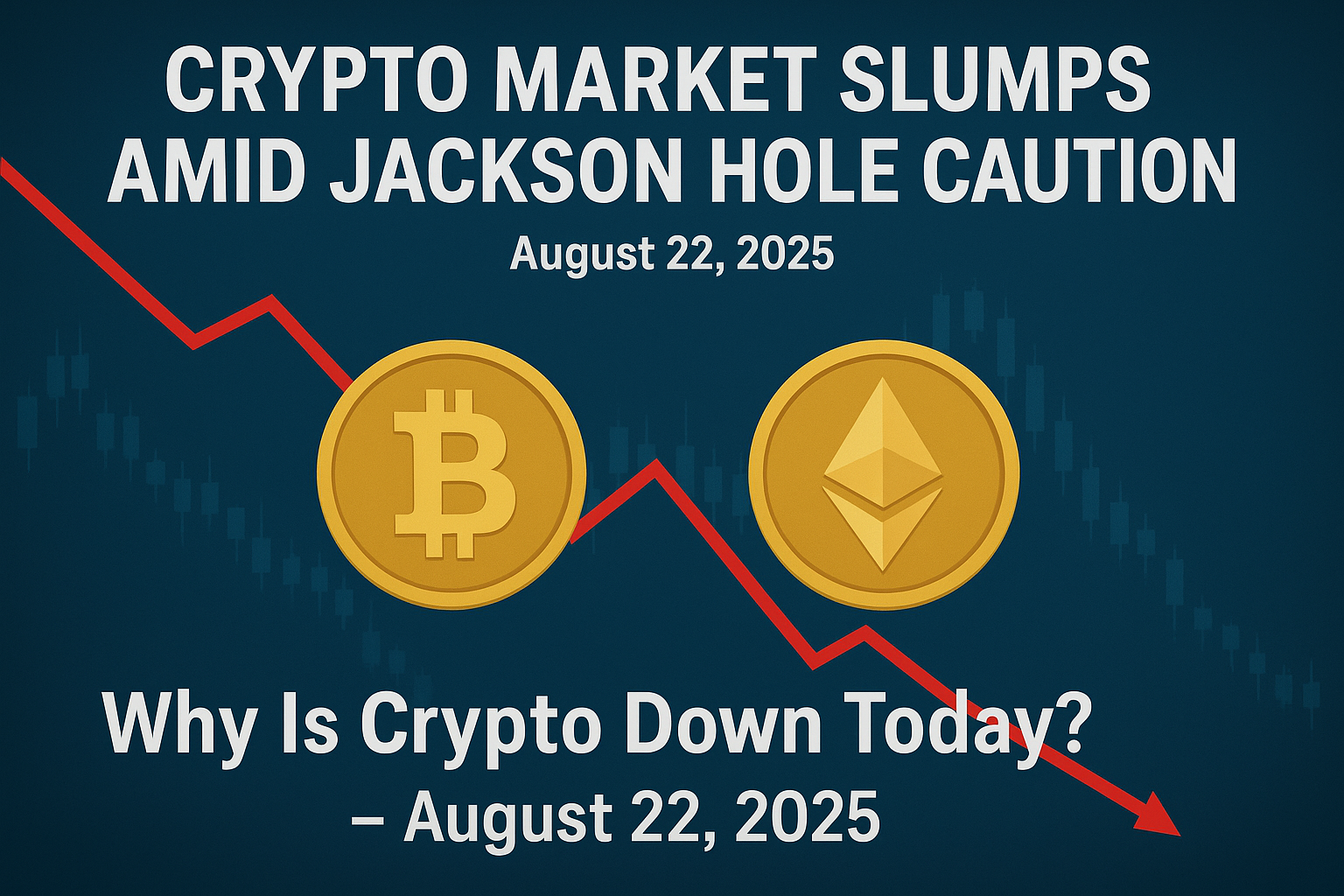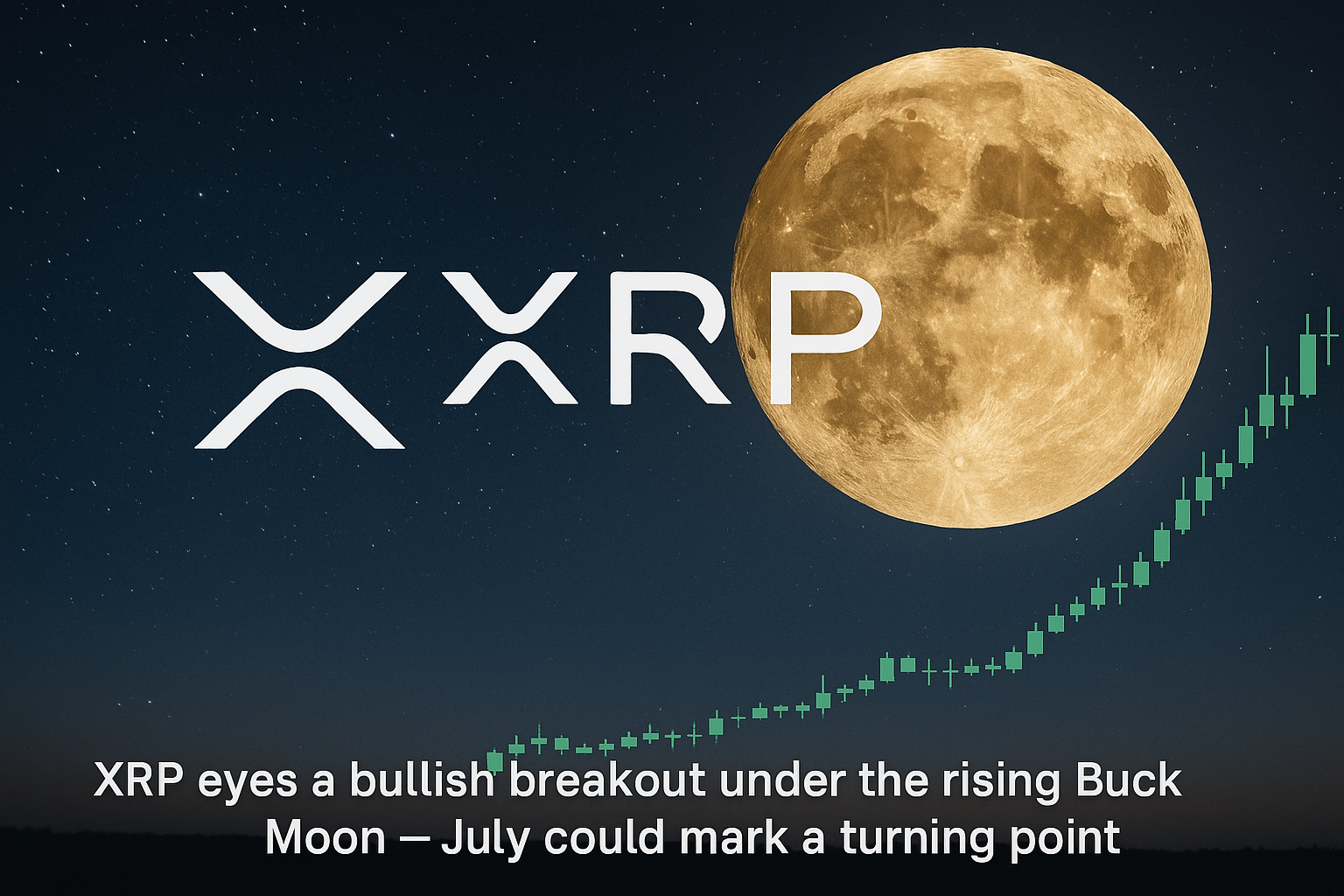The cryptocurrency market has stumbled into another bout of turbulence, with Bitcoin dipping sharply below key support levels and Ethereum showing a slightly more resilient performance. This downturn arrives just as global markets turn their eyes to the Jackson Hole Symposium, where Federal Reserve Chair Jerome Powell is expected to shed light on the future path of U.S. monetary policy. Investors are on edge, bracing for any hint of tightening or extended caution, both of which could ripple through the entire spectrum of risk assets.
Bitcoin’s slide has been accompanied by noticeable outflows from spot exchange-traded funds, signaling that some institutional holders are taking profits ahead of Powell’s remarks. Ethereum, while also facing selling pressure, has managed to hold up better relative to Bitcoin, a sign that its ongoing network upgrades and steady institutional demand continue to attract interest even during market pullbacks. The overall capitalization of the crypto market has retreated, daily trading volumes have thinned, and sentiment remains fragile as traders weigh whether this is a mere pause in the broader uptrend or the beginning of a deeper correction.
Technical analysts point out that Bitcoin recently failed to hold above an important resistance zone and has formed patterns that typically indicate caution. Some short-term traders are interpreting this as a signal to lock in gains from the rapid rallies earlier this summer. As profit-taking accelerates, liquidations in leveraged positions have intensified the drop, creating a cascading effect. Yet many market strategists emphasize that nothing in the underlying fundamentals of digital assets has significantly changed. Institutional adoption continues to grow, major blockchain networks are rolling out new features and applications, and long-term capital inflows into the space have not disappeared.
Macroeconomic uncertainty is doing most of the damage. If Powell signals that interest-rate cuts are on the horizon or that inflation concerns are easing, markets could respond with a renewed appetite for risk, quickly lifting Bitcoin and Ethereum back toward recent highs. On the other hand, a hawkish or ambiguous tone may prolong the slump, possibly testing deeper support levels before the market can stabilize. Traders are carefully watching key price zones, knowing that any shift in sentiment could trigger an equally sharp rebound as sidelined buyers look for opportunities to re-enter.
Despite this near-term volatility, analysts maintain a broadly bullish long-term view. They see the current decline as a healthy reset rather than the start of a new bear market. In their view, the crypto market remains structurally strong, supported by steady institutional interest, continued innovation in decentralized finance and digital asset infrastructure, and growing recognition of cryptocurrencies as a component of global portfolios. Ethereum’s relative strength compared to Bitcoin is another encouraging sign, hinting that investors are diversifying beyond the flagship token and seeking exposure to networks with broader utility.
For now, the next big move will likely be shaped by Powell’s words at Jackson Hole. The entire financial world, from Wall Street to the blockchain ecosystem, is holding its breath. Whether his comments ignite a rally or extend the downturn, the coming days are set to test just how much conviction crypto investors truly have—and whether the market’s long-term optimism can outweigh short-term fear.




